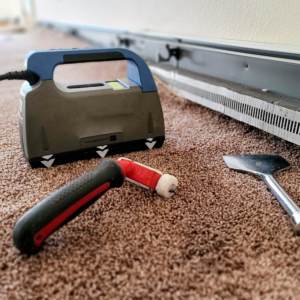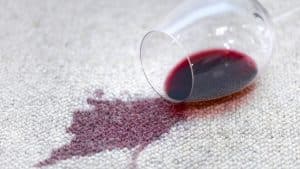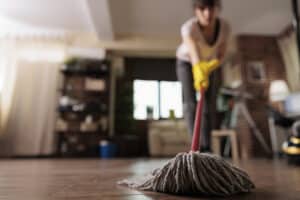Introduction:
Washing windows is a task that, though often overlooked, can significantly enhance the aesthetics of your home and improve your quality of life. Clean, sparkling windows allow natural light to flood your space and provide a clearer view of the world outside. In this AEG Cleaning Service article, we will guide you through the process of how to wash windows, step by step, to ensure a smooth and efficient cleaning experience.
1. Gathering Your Supplies:
First and foremost, before embarking on any cleaning mission, gather all the necessary supplies. To begin, assemble the following items: a bucket, a squeegee, a scrubber or sponge, window cleaning solution, a clean microfiber cloth, and a sturdy step stool or ladder if required.
2. Preparing for the Solution:
Next, it’s time to prepare your window cleaning solution. Begin by filling the bucket with warm water. Then, add a small amount of a commercial window cleaning solution or mix a DIY solution with equal parts of water and white vinegar. Mix thoroughly to ensure a uniform solution.
3. Removing Dust and Debris:
To achieve streak-free results, you should start by removing any loose dust and debris from the window surface. Use a dry cloth or duster, and gently wipe the window frame, sills, and edges. This initial step will ensure a smoother cleaning process.
4. Wetting Window:
Now, it’s time to wet the window pane. Dip your scrubber or sponge into the cleaning solution and, with gentle strokes, wet the entire window surface. The soap and water solution will start loosening dirt and grime, allowing for easier removal.
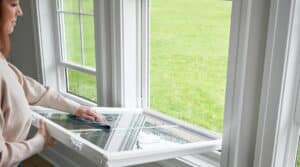
5. Scrubbing Away Stains:
To tackle stubborn stains or spots, use the scrubber to gently agitate the surface. Pay special attention to areas with built-up grime, such as corners and lower edges. This step is crucial to ensure a thorough cleaning process.
6. Squeegeeing for a Streak-Free Finish:
Once the window is adequately scrubbed, it’s time to squeegee the glass. Starting from the top, pull the squeegee down in a straight, vertical motion. After each pass, wipe the squeegee blade with a clean, lint-free cloth to avoid streaks. Continue this process until the entire window is crystal clear.
7. Drying and Polishing:
To ensure a spotless finish, dry and polish the window with a clean, dry microfiber cloth. Wipe off any remaining moisture and check for any streaks or spots that may have been missed during squeegeeing.
8. Repeat for Outdoor Windows:
After that, if you have outdoor windows, follow the same process outlined above. Ensure your safety by using an appropriate ladder or safety precautions when reaching high or difficult-to-access windows.
9. Final Touches:
Finally, don’t forget to give the window frame and sills a quick wipe with a damp cloth to remove any lingering dirt or streaks. This attention to detail will add the finishing touches to your clean windows.
Conclusion:
In conclusion, knowing how to wash windows is a valuable skill that can make a noticeable difference in the appearance of your home. By following these steps and using transition words to guide you seamlessly through the process, you can achieve spotless, streak-free windows that allow natural light to flood your living space and provide an unobstructed view of the outside world. Regular window cleaning not only enhances your home’s aesthetics but also contributes to a healthier and more enjoyable living environment. So, get ready to enjoy a crystal-clear view with clean, sparkling windows!
FAQs:
1. Why is it essential to use a window cleaning solution, and can I replace it with just water?
Using a window cleaning solution is crucial because it helps to break down and remove dirt, grime, and stubborn stains effectively. While water alone can help in some cases, a proper window cleaning solution is formulated to deliver superior results, leaving your windows streak-free and spotless.
2. Can I clean my windows on a sunny day, or is it better to wait for a cloudy day?
It’s generally better to clean windows on a cloudy day or when the windows are not in direct sunlight. This is because direct sunlight can cause the cleaning solution to dry quickly, leaving behind streaks. Cleaning on a cloudy or overcast day allows for a more controlled and effective cleaning process.
3. What should I do if my windows have hard water stains or mineral deposits that are difficult to remove?
To tackle hard water stains or mineral deposits, you can try using a mixture of white vinegar and water in a 1:1 ratio. Apply this solution to the affected areas, let it sit for a few minutes, and then scrub gently. For extremely stubborn stains, you may need to use a specialized mineral deposit remover.
4. How often should I clean my windows for optimal results?
The frequency of window cleaning depends on various factors, including your location, the level of pollution, and personal preferences. Generally, it’s recommended to clean your windows at least twice a year, ideally in the spring and fall, to maintain a clear and appealing view.
5. Can I use the newspaper to dry my windows instead of a microfiber cloth?
While using newspaper is an age-old method for drying windows, it’s not the best choice. Newspaper ink can transfer onto the glass and create a mess. Microfiber cloths are a superior option because they are highly absorbent and won’t leave behind any residue, ensuring a streak-free finish.
If you want to avail this service and other services like carpet cleaning, upholstery cleaning, home cleaning, landlords & Airbnb, and office cleaning. You can book with us now!

